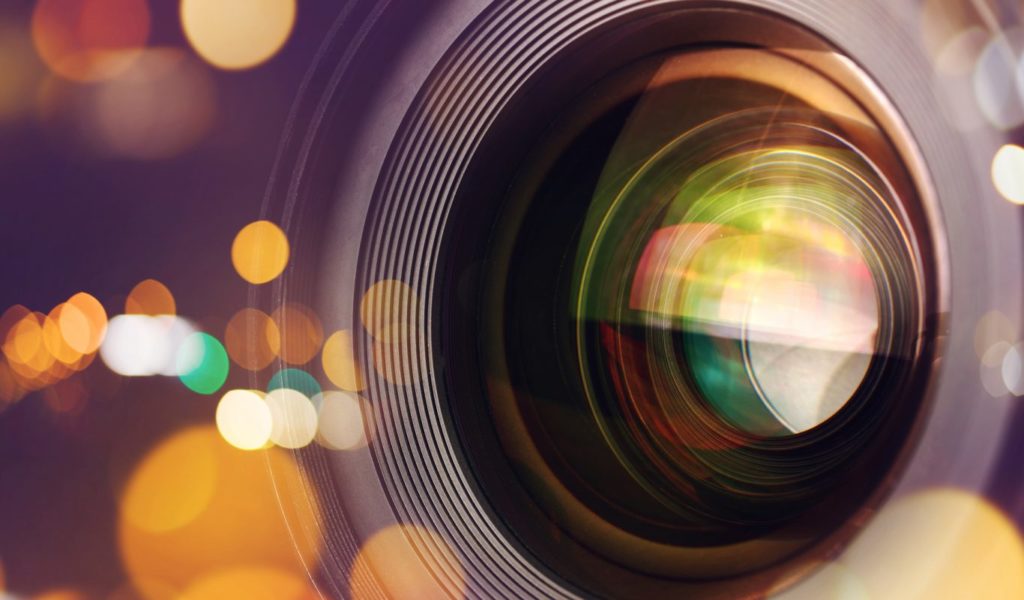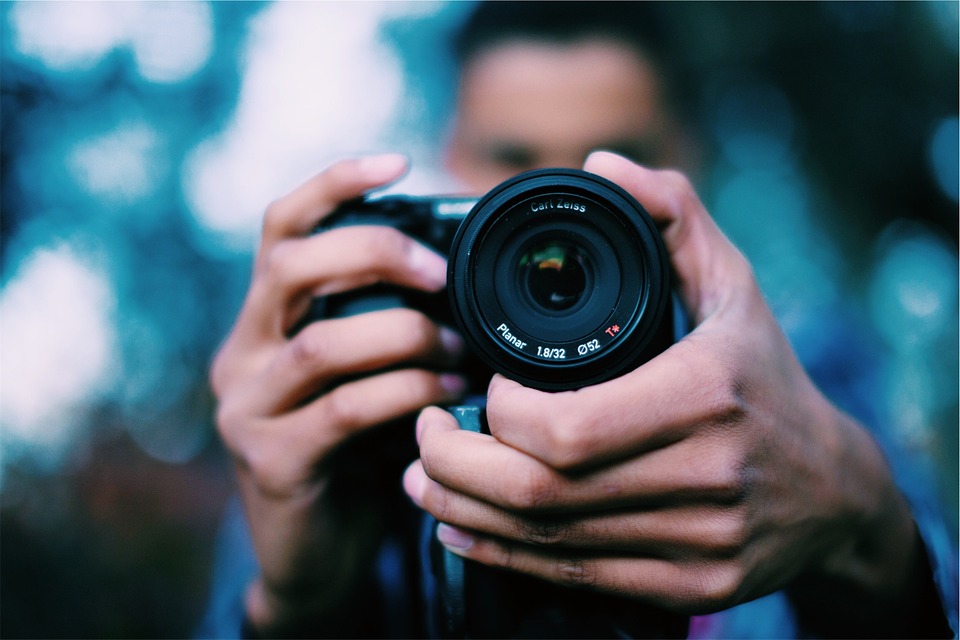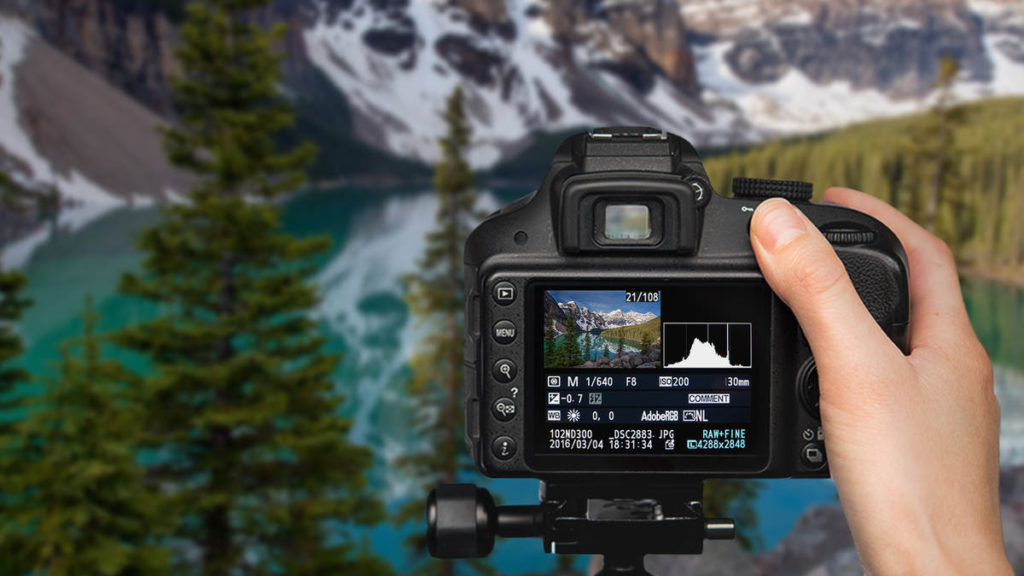A traveller is most often fond of photography and a professional photographer is almost always fond of travelling and loves to capture photos of his explorations. This beautiful combination has given the world several gems in the form of amazing photographs of beautiful sights, scenes and of course, living beings. If you are a travel photographer, here is a list of some of the best cameras for travel photography for you to consider.

1. The Fujifilm X-T2 – With standout features like full mechanical dial core settings, electronic viewfinder, cinema 4k video, five-axis image stabilization and many more, the Fujifilm X-T2 is undoubtedly a top choice for travellers around the world. A robust body and the well-balanced 24.3 megapixel sensor work impressively at all times and under any circumstances. It promises amazing control and ease of use with a little practice. The Fuji’s proprietary film emulations, like in all Fujifilm models, are loaded in this camera too, allowing smooth shooting with little to almost no post-processing requirements.
2. The Sony A7RII – This model from the Sony A7 series is one of the top mirrorless-cameras so popular among travel photographers. With an exceptionally sharp 42.4 megapixel back-illuminated sensor and a 35mm full frame, this camera will hardly disappoint you irrespective of the adverse shooting environments. It effectively packs numerous pixels into its sensors and is incomparable in this regard. Some of its other features include Wi-Fi, electronic viewfinder, 4K video, USB charging, hybrid autofocus and five-axis image stabilization. Using a Metabones adapter with these lenses is recommended for the users.
3. The Panasonic Lumix DMC-GX8 – This particular Panasonic model is perfect for the travel photography beginners are is often preferred as a backup camera by the pros. The most remarkable feature of this model comes in the form of the moveable electronic viewfinder. It makes shooting videos surprisingly easy and effective whether you want a 90 degree shot, a 45 degree shot, a fully vertical shot or a low angle one. The tilt and swivel OLED monitor and low-light autofocus are among the other notable features. It is also splash and dust proof ensuring longer life.
4. The Olympus TG-4 – This model from Olympus comes under the category of one-pocket size, rugged and point-and-shoot cameras that perform exceedingly well and are very easy to handle. The TG-4 model is the first rugged camera with the potential for RAW shooting. It is a go-anywhere-and-everywhere camera in the true sense as you can use it from 50 feet underwater, drop it or operate it in dusty environments without damaging it or affecting the image it captures. The camera comes with a .3 BSI CMOS sensor and 16 megapixels along with features like interval shooting, super macro modes and advanced GPS.
5. The Nikon Cool Pix P900 – This model from Nikon is one of the most affordable travel-friendly cameras available out there. The Nikon Cool Pix P900 boasts of an excellent focal length coupled with a very helpful stabilization system that makes long distance travel shooting smooth, easy and highly effective. Apart from the .3 sensor and 16 megapixels, the model has several beneficial features like Wi-Fi, electronic viewfinder, USB charging, preset modes, multi-axis horizon viewfinder aide, GPS and a very useful articulating screen. Using a tripod with this camera is recommended.
While all of these are top models with praiseworthy functionality, make sure to choose your camera based on what suits your style of travel photography and what are your expectations from the camera.
Whether you are an avid photographer always willing to travel around or a traveller trying to capture everything that you see in breathtaking photographs, you can do way better if you are aware of some techniques.
Photography is an art, a subject and each image that you capture has a science behind it. If you want to make each of your photographs speak a thousand words, here is a list of the top 6 world travel photography tips for you to follow.

1. Understand the Rule of Thirds – The Rule of Thirds in photography requires you to break down a prospective image into 3 parts both horizontally and vertically. When it is split into different sections, you can place the important parts in these sections and frame the overall image. By following this rule, you can enhance the quality of an image to a significant extent like placing a person in the left grid line instead of the centre. Composing using this rule can be easily done by turning on your camera’s grid feature, which displays the grids directly on the LCD screen.
2. Use Tripods – Lightweight tripods makes it possible for you to set up your camera in a particular position and thereby, making way for the perfect composition. With a tripod, you can also adjust the exposure settings, focus points or use techniques like HDR and panoramas. Tripods enable shooting lower shutter speeds without losing focus and hence, promise greater creative control over your images. So, whether you are capturing sharp landscapes, low-light images, sunrise/sunsets or flowing water, a travel tripod essentially makes a significant difference.
3. Experiment with Composition – Often, the more you experiment with a particular shot, the better is the result. After you have taken a shot standing up straight, experiment with the same one by lying on the ground for a low angle or climbing up something for a higher angle. Similarly, try shooting from different distances too. Another compositional tactic that you must use is Focal Compression. It is a technique by which you can use a zoom lens to trick the eye into thinking that the objects are closer than they really are.
4. The Human Element – Incorporating the human element in the images is always a good idea. Technically, the human element gives a better sense of scale as you can sense how huge the landscapes are. With the humans looking tiny in such massive surrounding, the image gets an overwhelming effect. A photograph becomes more powerful and narrates a story whenever the human element is incorporated into it. In fact, a human image can change the storyline of the photo entirely.
5. Learn the Tricks of Photographing Local People – Portraits of local people in a foreign country makes up for fascinating photographs. However, when you go about capturing photos of the people, it is always advisable to approach them politely and seek their permission. Some may say no while others might just show a lot of interest. Now, once they are ready to be photographed, try to make them as comfortable as possible by speaking to them about their lifestyle, habits etc so that open up without hesitation.
6. Be Patient – Last but not the least, travel photography is all about patience. Photography is about capturing what lies in front of you with your camera, eyes along with heart and mind too. Patience is the key here. You might have to wait for hours for a photogenic object to appear. For instance, if you are trying to capture the clouds, think about whether it will be in a more eye pleasing spot in the next hour or so. Basically without the patience to try, you will miss out on what could be a memorable photograph.
Keep these tricks in mind and set about exploring places and keeping them safe in your camera.
What can be a better way of preserving memories from a trip than capturing them in the form of images! It allows you to create stories from far and across and share them with other travel enthusiasts. Whether you intend to start your professional career in travel photography or just like to click some random shots, the following tips will prove to be extremely helpful.

Before you go on a tour, carry out some research about the location. Read some guides to get up-to-date information of places you can visit. The more you know about your destination, the better opportunities you will have to capture some memorable shots.
If you plan to go to another country, some know-how of the language spoken there will be extremely helpful. It will allow you to interact with locals and know about some off-the-track locations that are worth a visit. You can also capture their stories with their permission.
When backpacking for a trip, plan for the photograph gear you will need. You don’t want to regret forgetting important items at home. Whether you intend to use your smart phone camera or a modern DSLR, make sure that you don’t forget essential equipment at home. You may need your camera, lenses of varying focal lengths and a tripod stand. Don’t forget its flash, or else you may not be able to capture amazing scenes in dim light.
No matter what type of camera you are going to use on your trip, do some research on its features and functionalities. A good understanding of its settings will help you capture some of the best shots. Moreover, additional batteries will help you use your camera for long. Take your laptop with you to keep a backup of images and to edit them later.
There are four major elements that define the quality of an image. ISO refers to the sensitivity of lens to light, shutter speed is the amount of time the lens allows exposure of light and aperture is the hole through which light enters the sensor. White balance is the adjustment of colors with respect to white light.
The lower the lighting conditions, the higher ISO and shutter speed you will need. However, a higher ISO also increases noise in your image. Therefore, adjust all settings accordingly to improve image quality. Beginners usually opt for Auto focus mode. However, a clear understanding of camera settings will allow you to take control of all aspects. You can get in-depth knowledge with the help of YouTube tutorials.
As suggested by expert photographers, an hour after sunrise and the hour just before sunset are the most suitable times to capture some shots. However, you should also know that there is only one rule of photography, that there are no rules. Try out different perspectives and angles to capture images of a location. The lesser you think about capturing the best shot, the more opportunities you will have to go for a good shot.